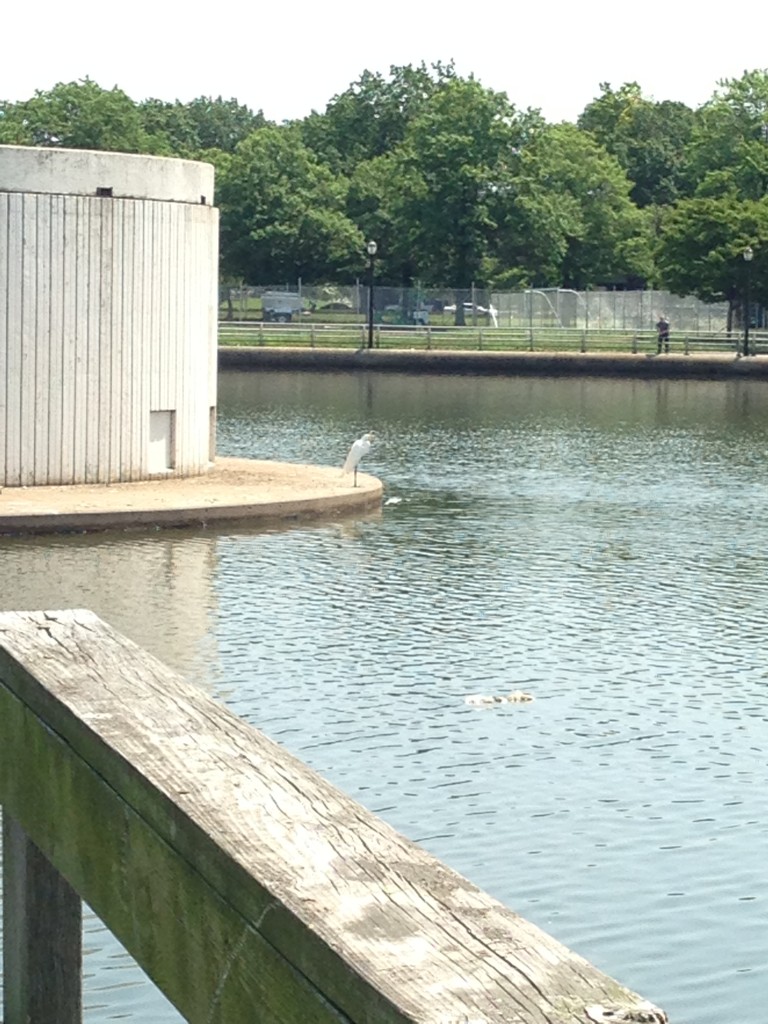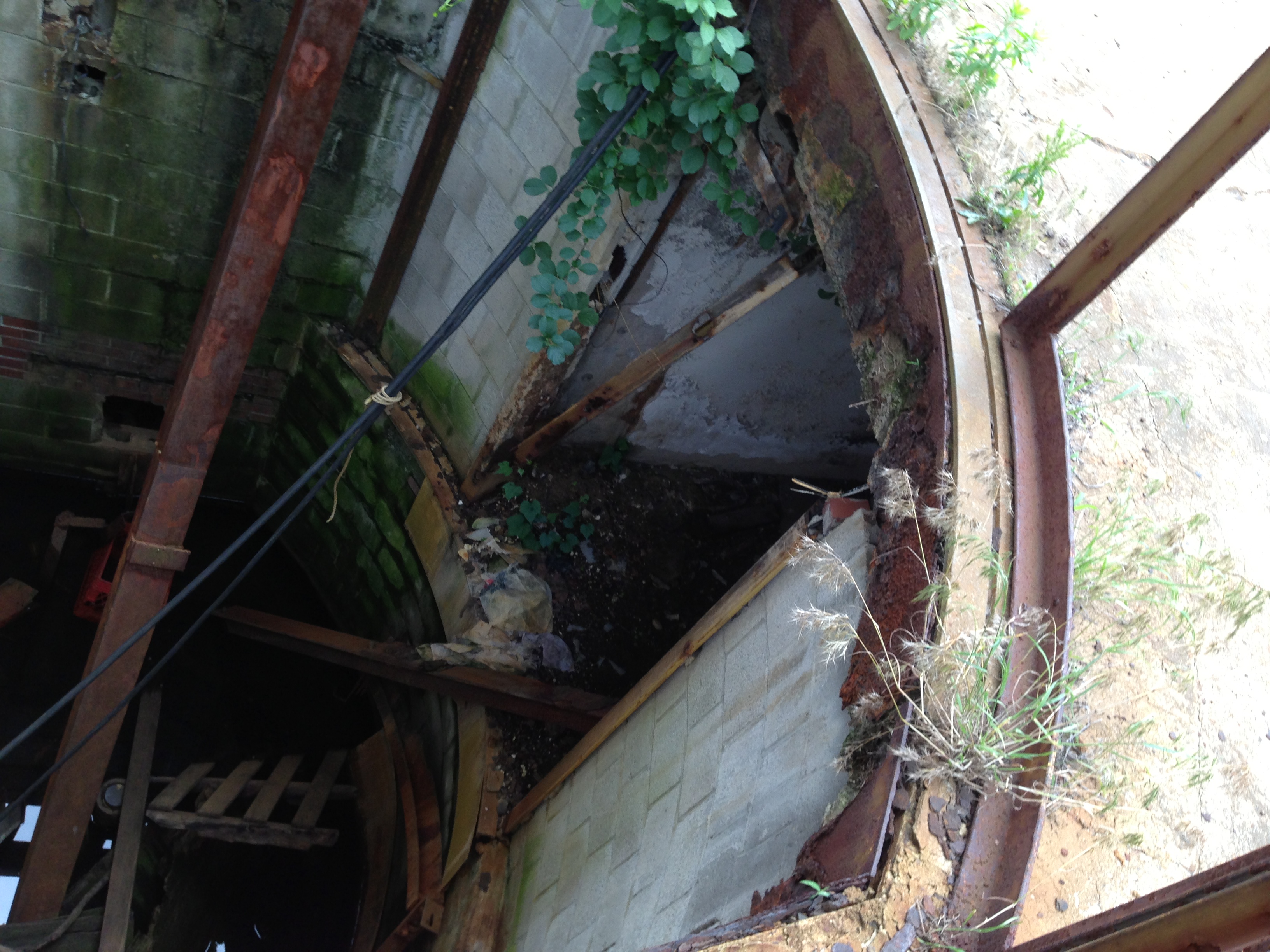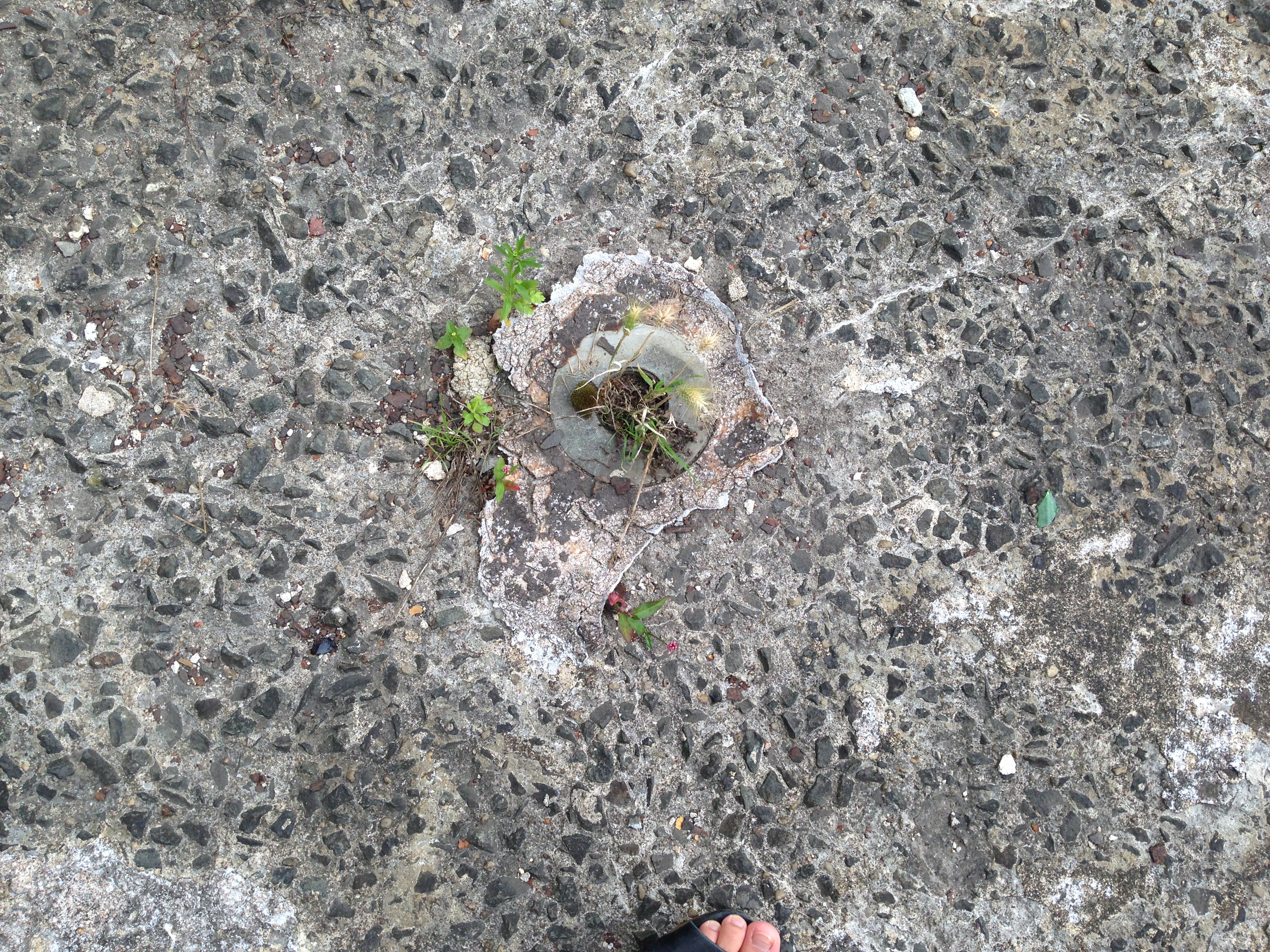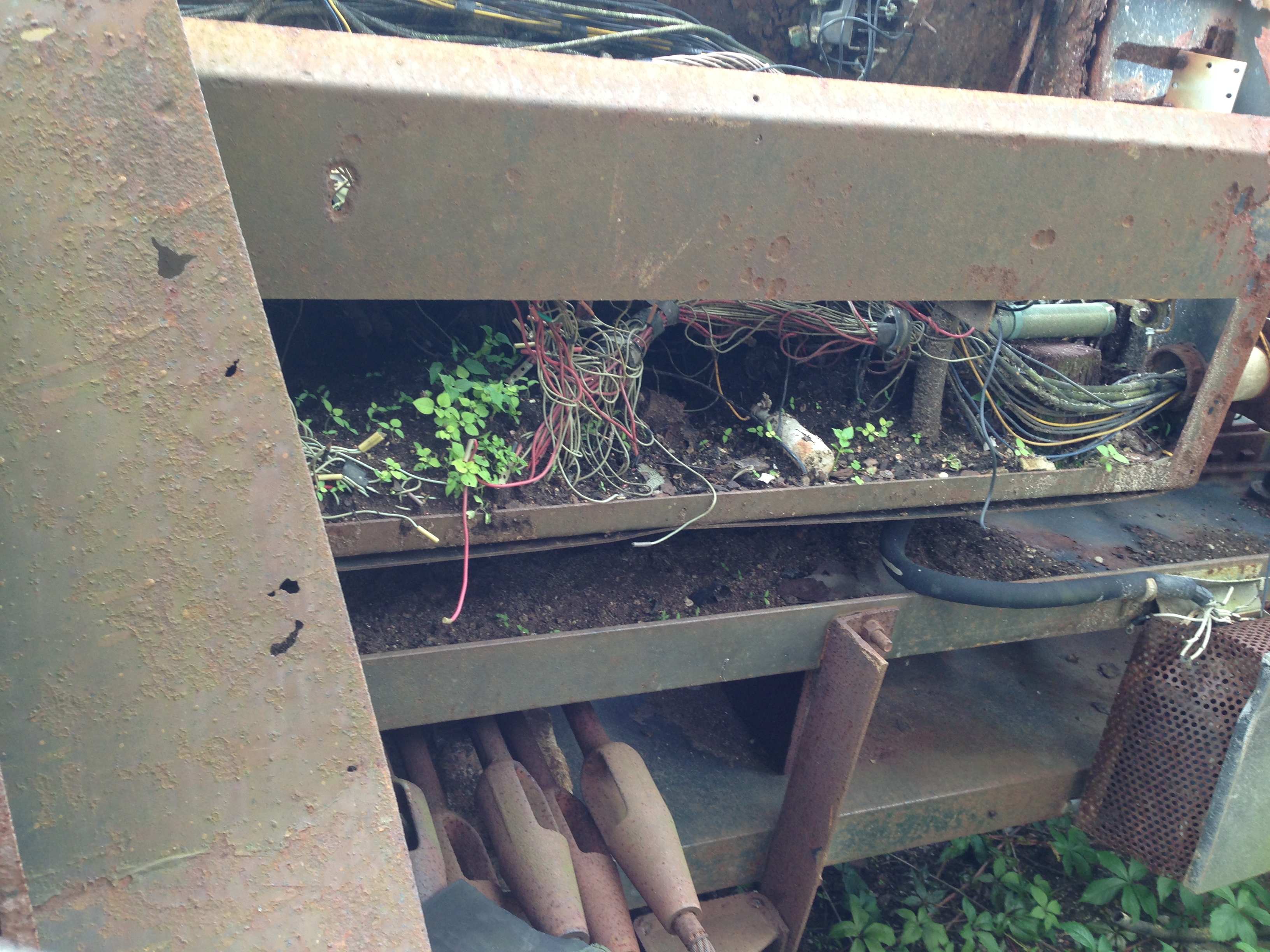One of the thing we have been thinking about is the notion of “use”, how is a space is considered being “used” or abandoned and how it is influence the value of the space. I think this idea rooted from the first community workshop about the future of Flushing Meadows-Corona Park that we attended, through which we learnt that the corporations rely on whether a space in the park is “used” or not to proposed their development plans. But I believe the term “being used” in this case is very much about monetary values and apparent human absence in which it disregards other elements and beings that also situate within, navigate and use the park in many different ways. We are reading de Certeau’s Walking in The City which thought about tactics and strategy when it comes to how a space is used. Strategy is how the space is supposed to be built and used for: in this case, the park is built with fences, benches, signages, road walks, water fountains, and many other constructed objects and structures that imply how we are supposed to walk, sit, behave and designate within it. And yet, many park users are using tactics upon the space, using it in a way that is either comfortable, convenient and enjoyable to them regardless of its prescribed ways of using. For instance, the Uniphere fountain, when there is no water, is turned into a skateboarding area, making it rather more alive and entertaining, as opposed to what it is supposed to be: an admirable object to stand back and look at. But with other areas with less popularity and human presence, this way of using the park is in many ways unnoticed, if not invisible. Yet this doesn’t mean they should be disregarded, in fact, they should be explored, and taken into account for the future of the park because they are a part of the park’s identity: secretive but substantial.
Taking this idea and apply it to abandoned structures in the park such as the observation deck, a symbolic futuristic vision that is now in vain, it has taken on a different meaning. Together dust and rust has grown organisms and new creatures has moved in. They became the new “users” of the space. By saying this, I want to stay away from “using” in terms of products and services, a human concept of consumerism, which is what corporate developers are practicing upon the park. Development decisions that regard only monetary and human service values of the space will drastically influence the lives of many other creatures and the park’s biodiversity. For instance, what will happens to birds and fishes at the Fountain of the Planets? We should think about the park with not only its diversity in individuals and human practices but also in its biological aspects.
– Phuong
- Observation Deck sneak in




